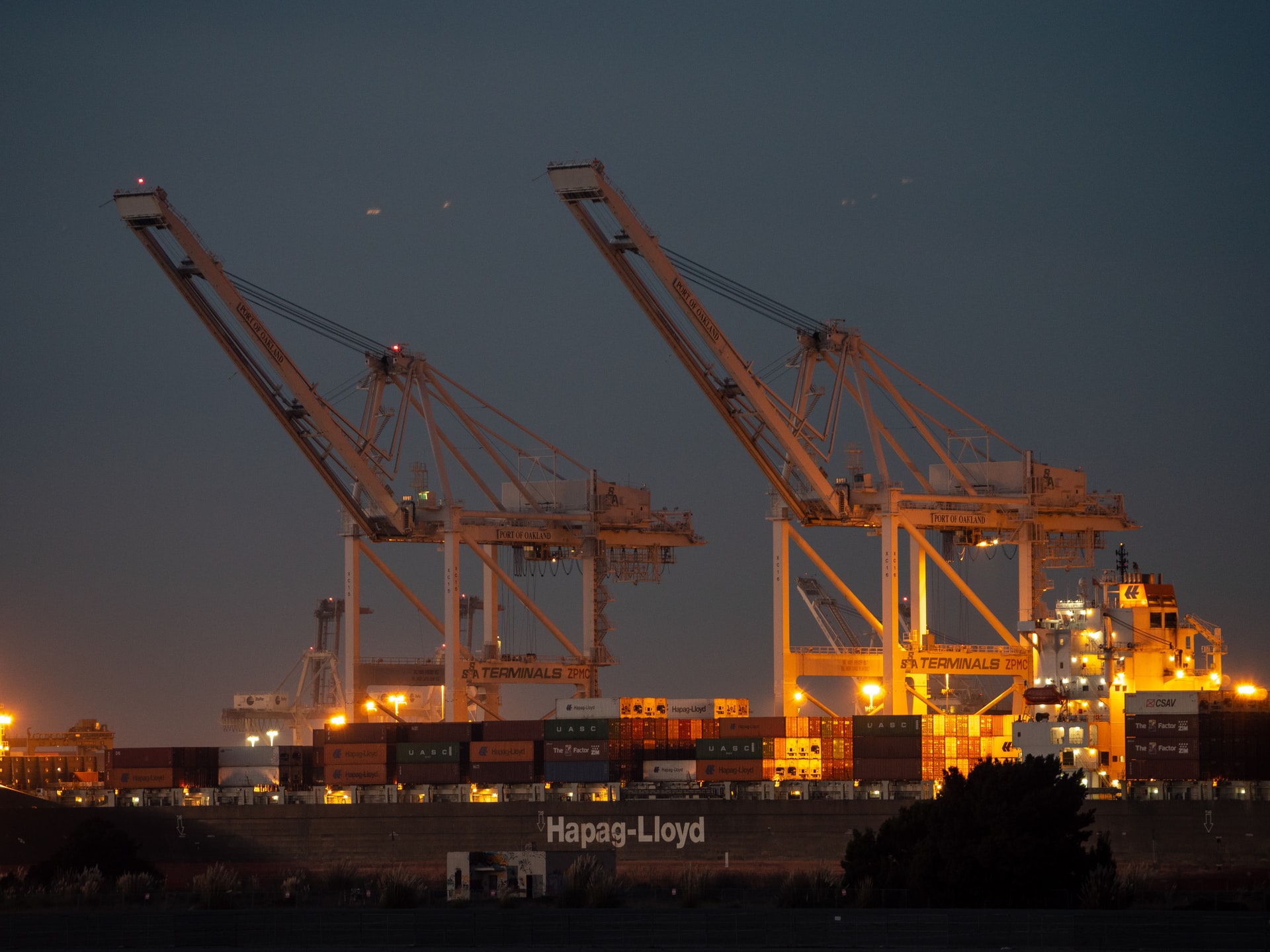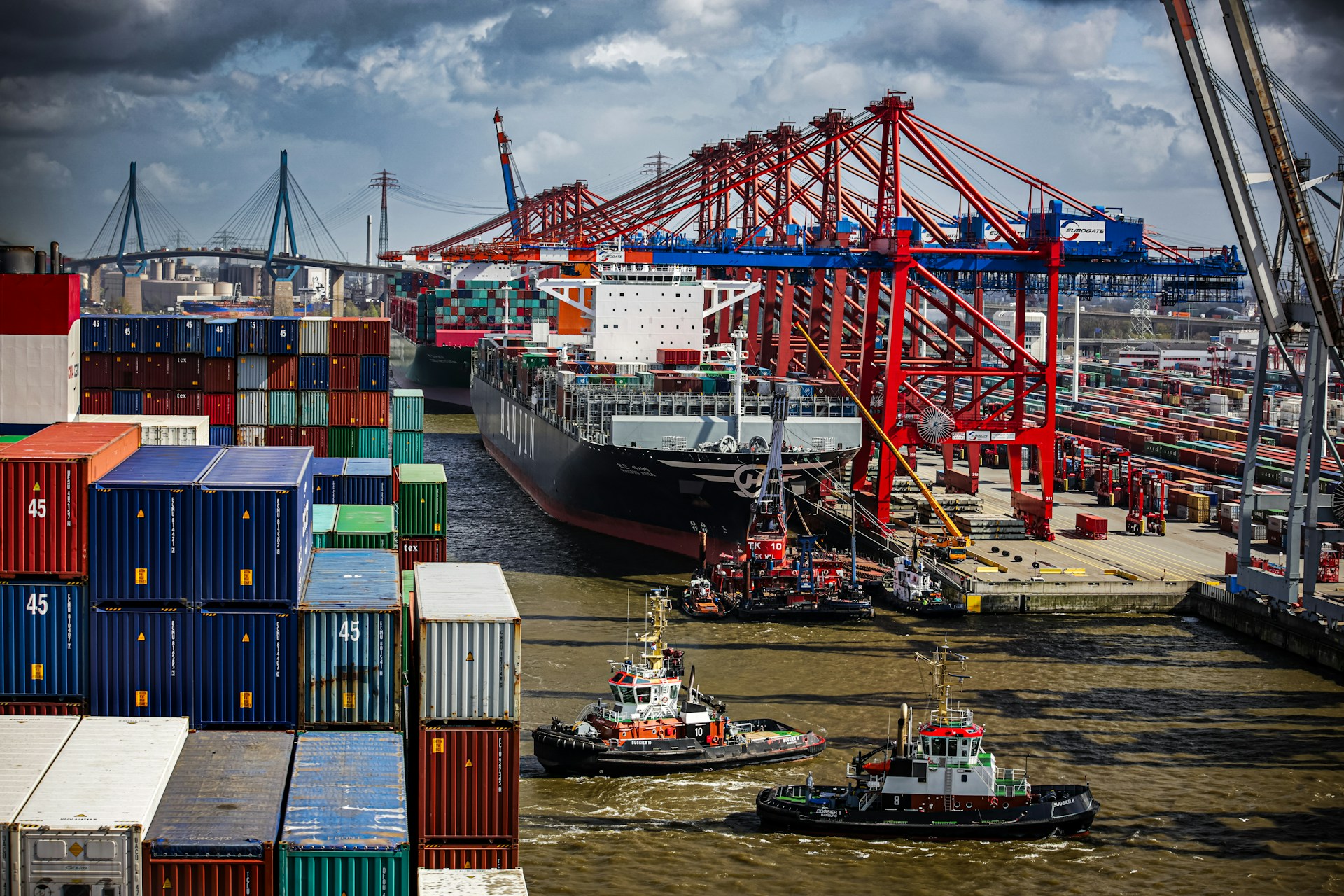
Supply Chain vs Value Chain — What’s the Difference?
August 18, 2022 - Lou Farrell
Revolutionized is reader-supported. When you buy through links on our site, we may earn an affiliate commision. Learn more here.
The news in 2022 is rife with articles on the supply chain and the struggles that both companies and consumers face. While this has played a role in rising prices and items missing from store shelves, it isn’t the only thing that manufacturers need to be concerned about. Have you ever heard of the value chain? Let’s explore the value chain, how it compares to the supply chain and the differences between the two.
Define Supply Chain
When looking at the supply chain vs value chain, we hear about the supply chain most often. It’s always at the forefront when essential items like toilet paper go missing from store shelves. What is the supply chain?
Experts define the supply chain as a network between a company and its suppliers. This relationship allows the company to obtain the materials necessary to create its products. It also includes steps to ship that final product to the consumer once it’s complete. A comprehensive supply chain includes every aspect of the manufacturing process, production and development, customer service and everything in between.
It also includes everyone, from vendors and warehouses to the logistics and trucking companies used to move these materials. Finally, it includes the retailers who sell the product to the consumers.
The supply chain is nearly circular, starting with the raw material supplier. The raw materials move to the producer, who creates the final products. From there, the products move to a wholesaler, then a distributor. Finally, they move to a vendor or retailer before finally making their way into the hands of the consumer.
Define Value Chain
One aspect that most consumers don’t hear about is the value chain. The Oxford Dictionary defines a value chain as “the process or activities by which a company adds value to an article, including production, marketing and the provision of after-sales service.” The concept of a value chain dates back to 1985, pioneered by Michael Porter. He wrote about value chains in his book “Competitive Advantage: Creating and Sustaining Superior Performance.” The concept is so profound that it’s still considered a vital part of business operations today.
There are five primary activities of a value chain, including:
- Inbound logistics: warehousing and inventory control
- Operations: Any activity that adds value to the finished product.
- Outbound logistics: Warehousing, inventory management and order fulfillment.
- Marketing and Sales: Anything associated with getting consumers to buy the product.
- Service: Warranties, customer service and other services maintain the product’s value.
It also includes some secondary activities, such as human resources and procurement. While essential, these are less important than the primary activities. A value chain might sound like the best way to create a competitive advantage and add value to the company. Keep in mind that it has the potential to increase the cost of a product. The challenge is finding the right balance between offering the best customer experience and remaining competitive.
What’s The Difference?
Many of the components of supply chain vs value chain appear to overlap, so what is the difference between the two? At the most basic, the difference lies in the overall goal. Supply chains fall under the purview of operational management, sourcing raw materials and turning them into finished goods ready to sell. On the other hand, value chains fall under business management and, as their names suggest, focus on adding value to the end product.
Supply chains focus on reducing costs while providing the optimal customer experience. Instead, value chains focus on innovation while working to achieve the ultimate goal — giving the product or company a competitive edge in an already ultra-competitive market.
While there is a lot of overlap between the two chains, treat each as a distinct entity. The logistics section of your supply chain may walk side by side with the logistics sector of your value chain, but don’t mistake one for the other.
Risk Management
As with most aspects of business, there are risks associated with both supply and value chains. Managing those risks is an essential part of running a business. In both cases, making decisions about supplier relationships, product development and asset expansion can throw a wrench into the works and make it more challenging to keep things running smoothly. There are also plenty of things that business owners and managers can’t control, from political unrest and cyberattacks to natural disasters and other events that we might consider acts of God.
The biggest challenge in risk management is that, unlike other aspects of business-related risk management, it’s not something that we can quantify using experience or collected data. Things like financial or business-related risks have concrete data. Plugging that information into a machine learning algorithm could allow the program to monitor risks. With enough data, it could even predict when these risks might crop up in the future.
The data necessary to build supply and value chains are harder to quantify and thus require a lot of hands-on experience and judgment. The best way to handle these risks is to create a comprehensive plan — including multiple contingencies should something go wrong — and pay close attention to both the value and supply chains. Consider setting up a risk board dedicated to risk management and monitoring for these systems. Letting these systems function unmonitored is a recipe for disaster.
Supply Chain vs Value Chain — Both Are Essential
Regardless of your industry, the products you create or the services you offer, your company has a place for both a supply chain and a value chain. Take the time to understand and set up each of these chains to build your business. Ensure they are flexible enough to adapt and change as market conditions fluctuate. If the last two years have taught us anything, it’s the importance of flexibility in business and our supply and value chains.
Demand may rise or fall. Materials may fall in or out of favor. There may even be instances where you have to rework or scrap entire sections of your supply due to increased costs or a greater need for sustainability. There will always be a need for both supply and value chains in any business that creates products or services for commercial customers or the general public.
Revolutionized is reader-supported. When you buy through links on our site, we may earn an affiliate commision. Learn more here.




